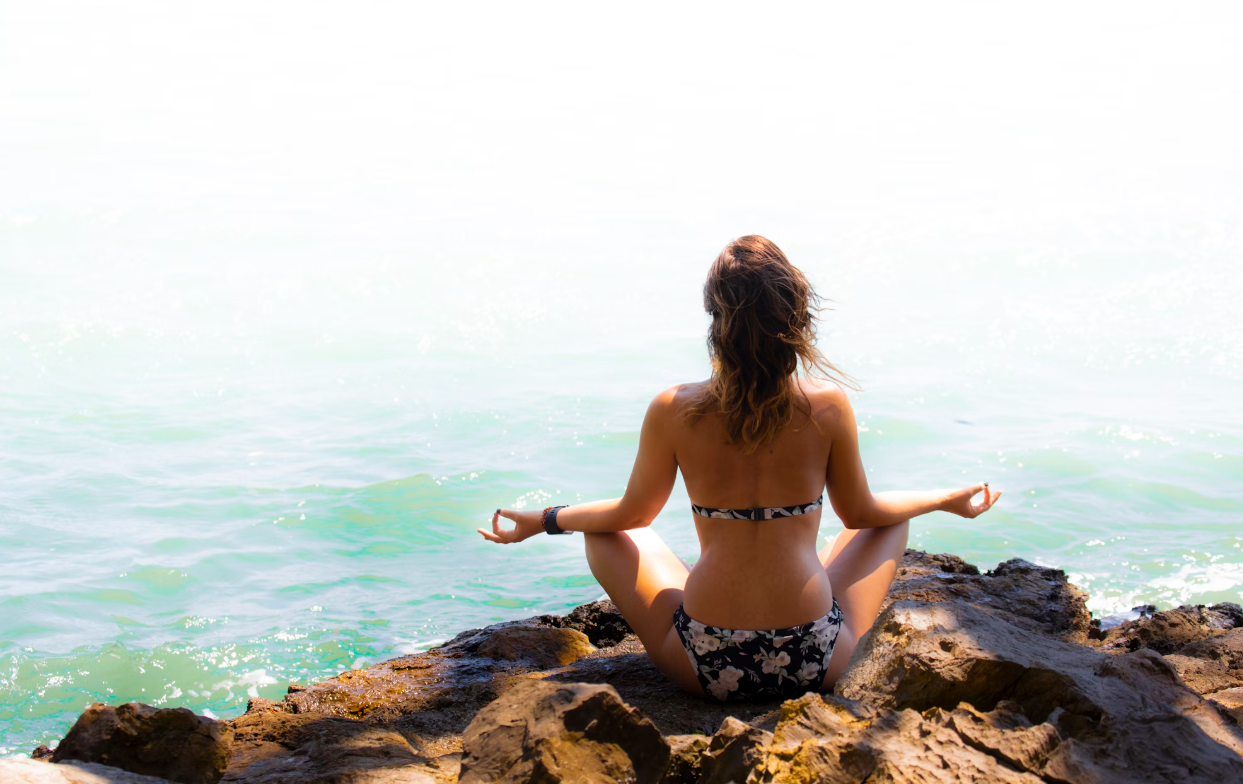Introduction to Stress-Free Days
In today’s fast-paced world, stress seems like an inevitable part of life. But what if you could experience more stress-free days, filled with peace and clarity? Achieving inner peace isn’t as complicated as it sounds, and the benefits are immense. Let’s dive into the simple practices that can help you attain the calm you desire.
The Impact of Stress on Our Lives
Stress affects both our mind and body. It can manifest as anxiety, tension, or physical ailments like headaches and muscle pain. If left unchecked, chronic stress can lead to more serious health problems like heart disease and insomnia.

The Importance of Inner Peace
Inner peace is more than just a feeling of calm; it’s the state of being mentally and emotionally at ease, no matter what challenges life throws at you. When you have inner peace, you become less reactive to stress and more resilient in tough situations.
Why We Need Stress-Free Days
We all need moments to disconnect and recharge. Without regular breaks, we risk burnout, fatigue, and emotional exhaustion. Stress-free days give you the space to replenish your energy, focus on what matters most, and cultivate a sense of balance in your life.
Defining Inner Peace and Its Benefits
Inner peace is the mental state where you are fully present, grounded, and accepting of life as it is. Benefits include reduced anxiety, better relationships, improved focus, and enhanced emotional well-being.
Practical Practices for Achieving Inner Peace
Practice 1: Mindfulness Meditation
Mindfulness meditation is one of the most effective ways to cultivate inner peace. By focusing on your breath and being present in the moment, you can disconnect from the overwhelming thoughts that often lead to stress.
What is Mindfulness?
Mindfulness is simply the practice of being aware of your thoughts, feelings, and sensations without judgment. It allows you to observe the present moment without getting caught up in past regrets or future worries.
How Mindfulness Reduces Stress
Studies show that mindfulness reduces stress by helping you manage your thoughts more effectively. When you are aware of your stress triggers, you can choose how to respond rather than reacting impulsively.
Practice 2: Deep Breathing Exercises
Breathing exercises are a powerful tool for calming the nervous system and reducing stress in the moment.
Breathing Techniques That Promote Calm
One of the most effective breathing techniques is the 4-7-8 method. Breathe in for 4 seconds, hold for 7 seconds, and exhale for 8 seconds. This simple practice helps activate your parasympathetic nervous system, which controls relaxation.
Practice 3: Disconnecting from Technology
Technology can be a major stressor, especially in our hyper-connected world. Constant notifications, emails, and social media updates can leave you feeling overwhelmed.
The Importance of Taking Digital Breaks
Taking intentional breaks from your phone or computer can help you reset and recharge. Whether it’s a few hours or a whole day, digital detoxes are essential for maintaining mental clarity and inner peace.
Practice 4: Connecting with Nature
Spending time outdoors is a powerful way to combat stress. Whether it’s a walk in the park or hiking in the mountains, nature has a calming effect on the mind.
Nature’s Role in Releasing Stress
Research shows that spending time in nature reduces cortisol levels (the stress hormone) and improves mood. The sights, sounds, and smells of nature naturally promote relaxation and well-being.
Practice 5: Journaling for Reflection
Writing down your thoughts and feelings is a therapeutic way to release stress and gain clarity.
How Writing Can Clear Your Mind
Journaling allows you to process your emotions, reflect on your experiences, and identify what’s bothering you. By putting your thoughts on paper, you can gain perspective and let go of negative emotions.
Creating a Stress-Free Daily Routine
Setting Boundaries and Prioritizing Your Time
One of the most important steps in creating a stress-free day is learning how to set boundaries. By saying “no” to unnecessary commitments and focusing on what truly matters, you can reduce stress and increase productivity.
The Power of Saying “No”
Learning to say no is liberating. It prevents you from overloading your schedule and helps you focus on activities that align with your values and goals.
Creating a Morning Ritual for Calmness
How you start your day sets the tone for the rest of it. By establishing a calming morning ritual, you can ensure that your day begins with a sense of peace.
Simple Morning Habits That Set the Tone for the Day
Start your morning with a cup of tea, some light stretching, or a few minutes of meditation. These small habits create a sense of calm and help you approach the day with clarity.
Ending Your Day with Relaxation
Your evening routine is just as important as your morning ritual. Ending your day with relaxation helps signal to your body that it’s time to wind down and prepare for rest.
How to Wind Down for Better Sleep
Turn off screens at least 30 minutes before bed, engage in a calming activity like reading or light stretching, and create a comfortable sleep environment to promote restful sleep.
Maintaining Inner Peace in the Long Term
Consistency is Key
Achieving inner peace isn’t a one-time event; it’s a lifelong practice. Consistently incorporating these practices into your daily routine will help you maintain a calm and peaceful mind.
The Role of Self-Compassion
Treat yourself with kindness and understanding. Practicing self-compassion helps you cope with challenges and prevents negative self-talk from contributing to stress.
Staying Flexible During Stressful Times
Life will inevitably throw challenges your way, but the key to maintaining inner peace is staying flexible. Learn to adapt to changing circumstances while keeping your calm.
Conclusion
Achieving inner peace and stress-free days doesn’t require a dramatic lifestyle change. By integrating mindfulness, deep breathing, nature, and other simple practices into your routine, you can cultivate a sense of peace that lasts. Start small, be patient with yourself, and embrace the journey toward a calmer, more peaceful life.

No responses yet